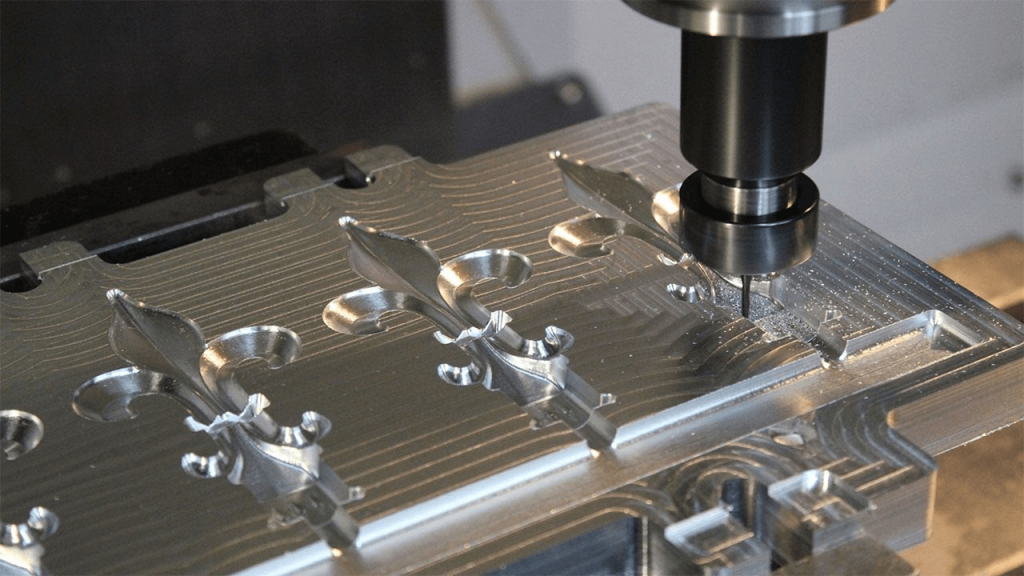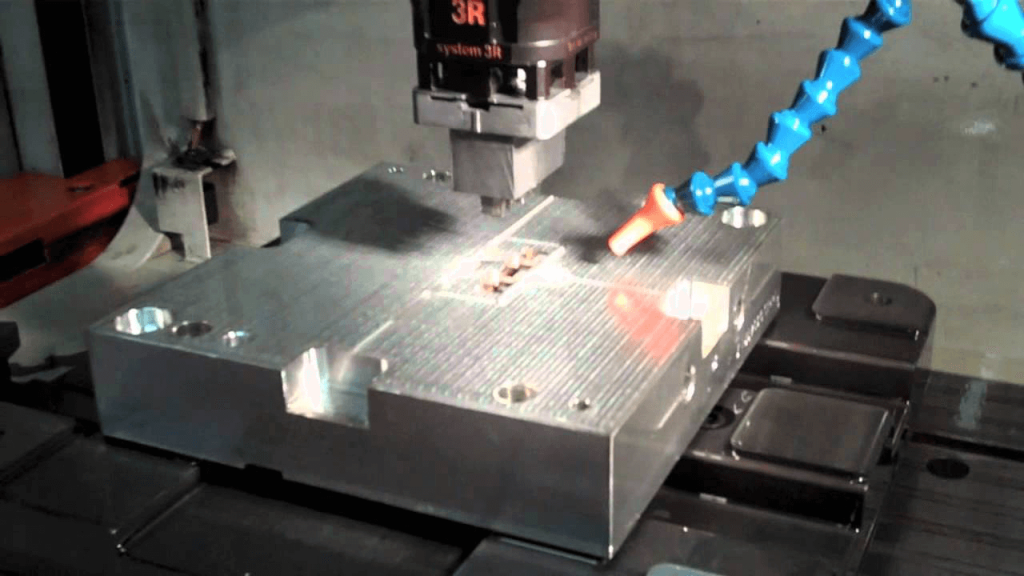The Complete Process of Rapid Tooling Moulding Manufacturing 2020
The Complete Process of Rapid Tooling Moulding Manufacturing
The In-depth Process of Rapid Tooling
Rapid tooling moulding is an effective and efficient way to introduce your error-free product into the market in no time. With rapid prototyping, it is possible to translate digital ideas into real-world overnight. Previously, the same translation took weeks, if not days.
Thanks to technological advancement, it is now possible to design and create parts to test for application fit. You would have a clear idea as to whether a particular part with the required specification work once integrated into the real-time application.
In the course of this article, we are going to talk about the rapid tooling molding process in detail. So, without any further delay, let us get started!
What is Rapid-Tooling Moulding Process?

Rapid Tooling
The industry uses several names for this particular concept including soft tooling, prototype mould, prototype tooling, etc. Traditionally, the manufacturers used the pared back injection mould tooling to get parts cheaply and quickly.
It is basically injection moulding tooling that is made inexpensively and quickly in order to perform the validation and testing of the parts before you put your money in full fledge production tooling. The making of mould in a short time allows manufacturers to design and develop products quickly.
A Bit of History
In 1990s, the rapid tooling moulding production become popular. Engineers then used the plastic injection moulding to create molds within a matter of days instead of months. After all, reliable, innovative, and less to-market time production was becoming the need of the hour.
With a rapid tooled mold, manufacturers are able to create a part along with a few 100 plastic parts before they actually step into the mass production phase. The main purpose of the rapid tooling method is to create the insert. Meaning, it would focus on the side actions, cavity, and the part’s core.
You can get thousands or even hundreds of thousands of cycles from one particular tool. However, this greatly depends upon the type of tool you have invested in. Although you can enjoy diversity in terms of rapid-tooling, each tool has its own merits and demerits.
So, when you are choosing a tool do keep the following factors in mind.
- Size
- Consistency
- Technology
- Accuracy
- Materials
All these factors along with your other requirements would help you make the right decision in terms of rapid tooling moulding process and tools. Also, you need to consider the following aspects as well.
Strong Mould
If you are going to be using the injection molding process. Make sure that your mould is robust enough to handle this particular process. To measure the injection moulding machine, you would have to focus on the clamped pounds/square inch.
So, if the mould lacks the robustness, it would not survive the process. Moreover, these moulds should have the ability to stand tall against the injection of material. The material is mostly hot plastic.
Smooth Mould
In addition to having a strong mould, it is equally important to have a smooth mould. A smooth mould would ensure clean plastic part injection. Initially, the steel machined moulds were smoothed out to allow easy ejection.
Since during the rapid tooling molding process, the materials are building up in layer. Therefore, it might not always result in a smooth mold. In that case, you would have to put in extra work after creating the parts using the unsmooth mold.
Different Kinds of Rapid Tooling Moulding
In the last few years, the rapid tooling manufacturing industry has seemed a tremendous process. The additive fabrication technology matured and this led to two different categories of the rapid tooling, the direct tooling or the pattern-based tooling.
Indirect Tooling/Pattern-based Tooling
This technique uses master-patterns to develop and produce a die or a mould. It allows the creation of high-quality and firm moulds.
Direct Tooling
In this process, the manufacturer shapes the actual mould. It uses the additive approach for creating moulds and dies. The truth is that despite several manufacturers using the additive process to resolve tooling process, very few have able to create moulds that are commercially feasible.
This holds true for the plastic injection moulding tooling. Even now, manufacturers prefer the high-speed machining or the CNC for this particular process. However, in areas like pattern based metal casting or casting silicon, rapid prototyping has become popular.
In case, your parts require complex geometry, then we firmly believe that rapid prototyping is a perfect choice. We already see that in the investment casting process.
Perks of Rapid Prototyping
The rapid tooling manufacturers use the real manufacturing grade material. Thus, providing you a clear picture as to how the final part would look. What more is that modern prototyping techniques allow fully functional prototypes.
You now can test whether a particular part would work after you integrate it into the application. With rapid prototyping it possible to test whether you made the right choice in terms of material. Below are some other advantages that the technique offers.
Chances for Innovation
Fortunately, with rapid prototyping, there are numerous doors open for innovation. Since there is no need for additional prototyping tools and the physical components, therefore the designers are free to test their unique ideas.
Now engineers and designers are able to come up with models that incorporate complex shapes and surfaces. These shapes and designs would be extremely difficult to create using the initial prototyping technique.
Time-Saving
With rapid prototyping tooling moulding, you really not don’t to wait for the production of patterns, or the moulds. Thus, there is a significant decrease between the initial design time and analysis. You will be able to achieve a precise model that you can test and physical inspect.

The Next Step
The rapid tooling moulding process is a fast, reliable, and inexpensive process. It is a suitable option for lower volume productions. With rapid prototyping, you can actually test your idea’s validity at a cheaper and affordable cost.
Please contact us for more information on rapid prototyping as well as for all our high-quality prototyping services. After all, we are the leading rapid prototyping service providers.



